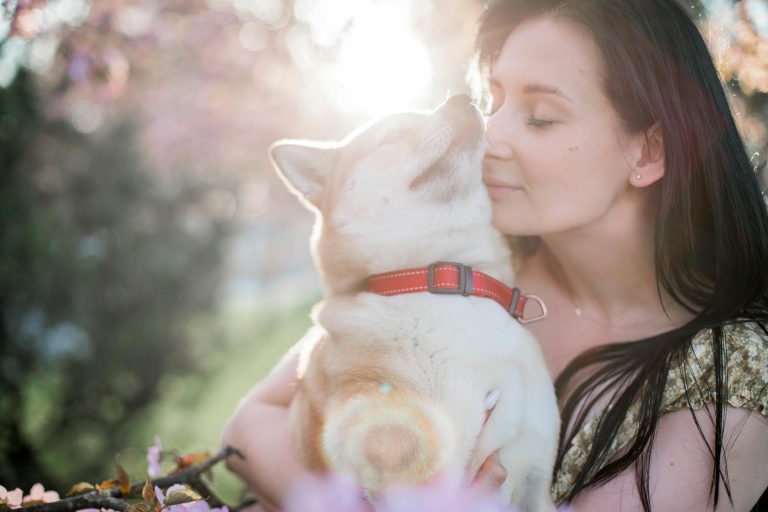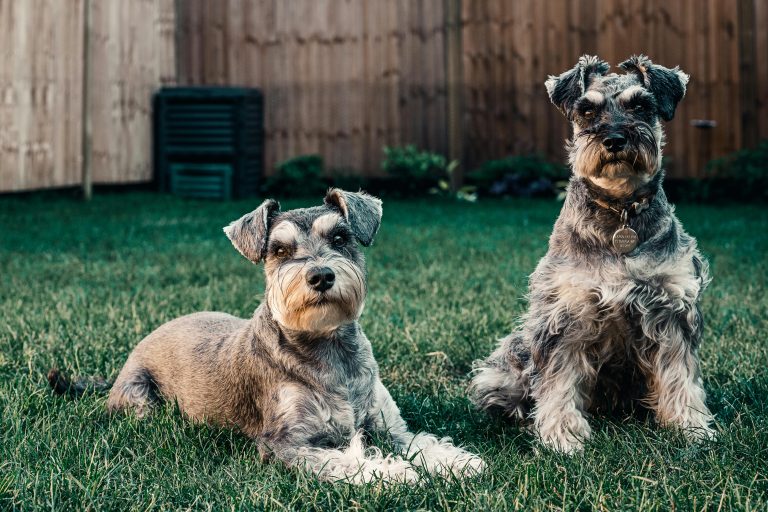What is the Difference Between Plushie and Plush?
Plushie and plush are terms often used interchangeably, but they refer to distinct items with unique characteristics and purposes. In this article, we’ll delve into the world of plushies and plush, exploring their definitions, differences, and cultural impacts.
Defining Plushie
Characteristics and Features
Plushies, also known as stuffed toys, are soft, cuddly items typically made with plush fabric. They come in various shapes, sizes, and designs, often resembling animals, fictional characters, or objects. The defining feature of plushies is their huggable and comforting nature.

Popularity and Cultural Impact (Plushie and Plush)
Plushies have gained immense popularity, becoming iconic symbols in popular culture. From beloved cartoon characters to custom-designed creations, plushies have become more than just toys; they are expressions of fandom and emotional connection.
Defining Plush
Distinctive Features and Materials Used
On the other hand, plush refers to a textile fabric with a cut nap or pile, creating a soft and luxurious feel. Plush is not limited to toys but is widely used in various products like blankets, clothing, and upholstery. Plush fabrics are characterized by their dense and gentle texture.
Historical Significance
The term “plush” has historical roots, tracing back to the textile industry’s developments. Originally associated with opulence and luxury, plush fabrics were reserved for high-end items. Over time, plush has become more accessible and diverse in its applications.
Distinguishing Features
Material Differences
One of the primary distinctions between plushies and plush lies in the materials used. Plushies are crafted with a specific focus on creating a soft, cuddly feel, using materials like polyester fibers. Plush, on the other hand, can encompass a broader range of materials, including cotton, silk, or synthetic blends.
Purpose and Usage Variations
While plushies are designed primarily for play, comfort, and emotional connection, plush serves a multitude of purposes. Plush fabrics are used in apparel, upholstery, and various accessories, providing a touch of luxury and warmth to everyday items.
Collectibility and Trends
Plushie Collector’s Community
Plushies have sparked a vibrant collector’s community. Enthusiasts collect rare or limited-edition plushies, considering them valuable and sometimes even investment-worthy. The collectibility of plushies extends beyond nostalgia, with dedicated events and online communities.
Plush as a Collectible Item
Similarly, plush items can be collected for their unique designs and historical significance. Vintage plush pieces, especially those associated with iconic brands, can become sought-after collectibles, appealing to those with an appreciation for craftsmanship and nostalgia.
Market Demand and Availability
Consumer Preferences
Understanding consumer preferences is crucial in the plushie and plush market. Plushies are often sought after for their emotional value, making them popular gifts for various occasions. Plush fabrics, meanwhile, cater to consumers seeking comfort and a touch of luxury in their lifestyle products.
Market Trends and Availability
Both plushies and plush follow market trends influenced by factors like popular culture, fashion, and design aesthetics. The availability of diverse designs and styles ensures that there is something for everyone, whether they’re looking for a cute plushie or a sophisticated plush fabric accessory.
Craftsmanship and Design
Artistry in Plushie Creation
Crafting plushies involves a combination of artistic flair and technical skill. From sketching designs to selecting materials, the creation of a plushie is a form of art. Many plushie makers take pride in handcrafted items, adding a personal touch to each creation.
Design Considerations for Plush
Similarly, the design of plush items involves careful consideration of aesthetics and functionality. Whether it’s a plush blanket or a piece of plush apparel, designers focus on creating products that not only look appealing but also serve their intended purpose.
Cultural Impact
Plushies in Media and Entertainment
Plushies often make appearances in movies, TV shows, and other forms of media. Characters like Winnie the Pooh and Pikachu have become iconic plushies, ingrained in popular culture. Their presence in media further solidifies the emotional connection people have with these soft companions.
Plush as Cultural Symbols
Plush, with its historical association with luxury, continues to be a cultural symbol of comfort and opulence. Whether it’s a plush-lined coat or a plush-upholstered chair, these items carry connotations of warmth and indulgence.
Customization and Personalization
DIY Plushie Culture
A unique aspect of plushies is the thriving DIY culture. Many individuals enjoy creating their plushies, adding a personal touch to every stitch. This culture fosters creativity and self-expression, turning plushie making into a form of artistic hobby.
Customization Options for Plush Items
Similarly, the customization of plush items extends beyond DIY plushies. Many brands offer personalized plush products, allowing customers to choose designs, colors, and even add personalized touches like names or messages. This trend caters to consumers seeking unique and meaningful items.
Comfort and Use
Plushies as Comfort Objects
Plushies hold a special place as comfort objects. Whether it’s a teddy bear hugged during childhood or a custom-made plushie, these soft companions provide emotional support and comfort. The tactile experience of holding a plushie can be soothing in times of stress or anxiety.
Practical Uses of Plush Items
Contrastingly, plush items serve practical purposes. Plush fabrics in clothing and accessories provide insulation and warmth. Plush blankets offer coziness, making them popular choices for relaxation. The versatility of plush extends beyond sentimentality to practicality.
Holiday Sale
Save up to 40%
Make the day special with our collection of discounted products.

Environmental Impact
Materials Used in Plushie Production
An essential consideration in today’s consumer landscape is the environmental impact of products. Plushies, often made with synthetic materials, contribute to concerns about sustainability. Some manufacturers are now exploring eco-friendly alternatives, aiming to reduce the environmental footprint of plushie production.
Sustainable Practices in Plush Manufacturing
In the broader category of plush, sustainable practices are gaining traction. From using organic cotton to recycling materials, there is a growing effort to make plush items more eco-friendly. Consumers increasingly seek products that align with their values, driving the industry toward more sustainable choices.
Popularity Among Different Age Groups
Appeal to Children
Plushies have an enduring appeal to children. From plush animals to characters from beloved cartoons, these soft toys often become cherished companions, fostering a sense of security and imagination in young minds.
Adult Demographics and Preferences
Interestingly, plush items also find popularity among adults. Whether it’s a plush throw pillow or a luxurious plush robe, adults appreciate the comfort and touch of indulgence that plush items bring to their everyday lives.
Care and Maintenance
Tips for Maintaining Plushies
Proper care is crucial to maintaining the longevity of plushies. Simple tips like regular cleaning, avoiding exposure to extreme temperatures, and storing plushies in a dry environment can preserve their softness and appearance.
Cleaning and Preserving Plush Items
Similarly, plush items like blankets and clothing require specific care. Understanding the cleaning instructions for different plush materials ensures that these items remain in optimal condition, providing long-lasting comfort.
Comparative Pricing
Factors Influencing Plushie and Plush Prices
Pricing in the plushie and plush market varies based on factors like brand reputation, craftsmanship, and materials used. Limited-edition plushies and high-end plush products command higher prices, appealing to consumers seeking exclusivity and quality.
Value for Money in the Market
Whether purchasing a plushie for sentimental value or a plush item for its luxurious feel, consumers often seek value for their money. Understanding the factors that contribute to the pricing of these items enables informed choices in the market.
Conclusion
In conclusion, while plushies and plush may share commonalities in their soft and comforting nature, they serve distinct purposes and cater to diverse preferences. Plushies thrive as symbols of affection and fandom, embodying the joy of huggable companionship. Plush, with its historical roots and diverse applications, adds a touch of opulence and comfort to everyday life. Understanding the differences allows consumers to make choices that align with their preferences and values.




Leave a comment